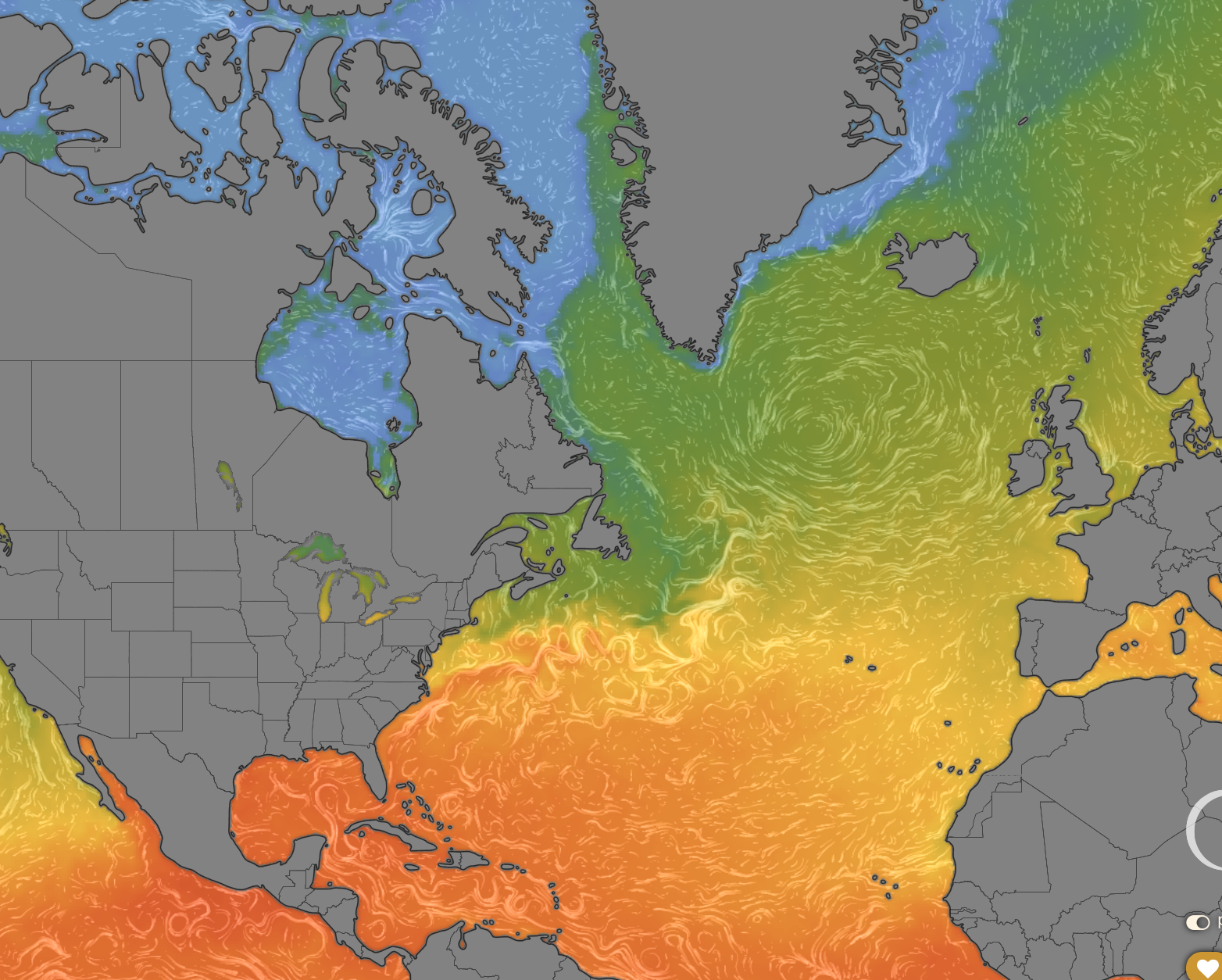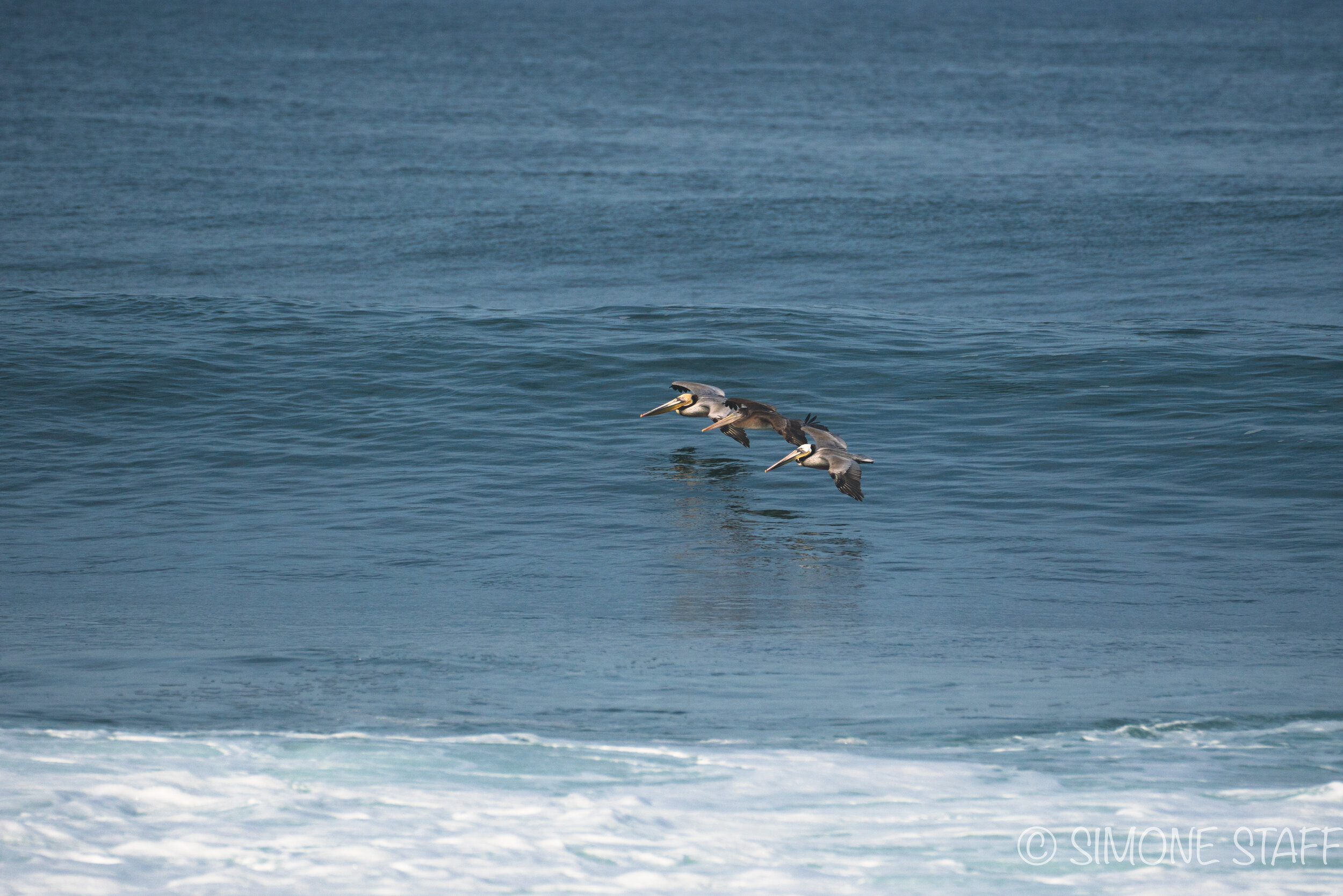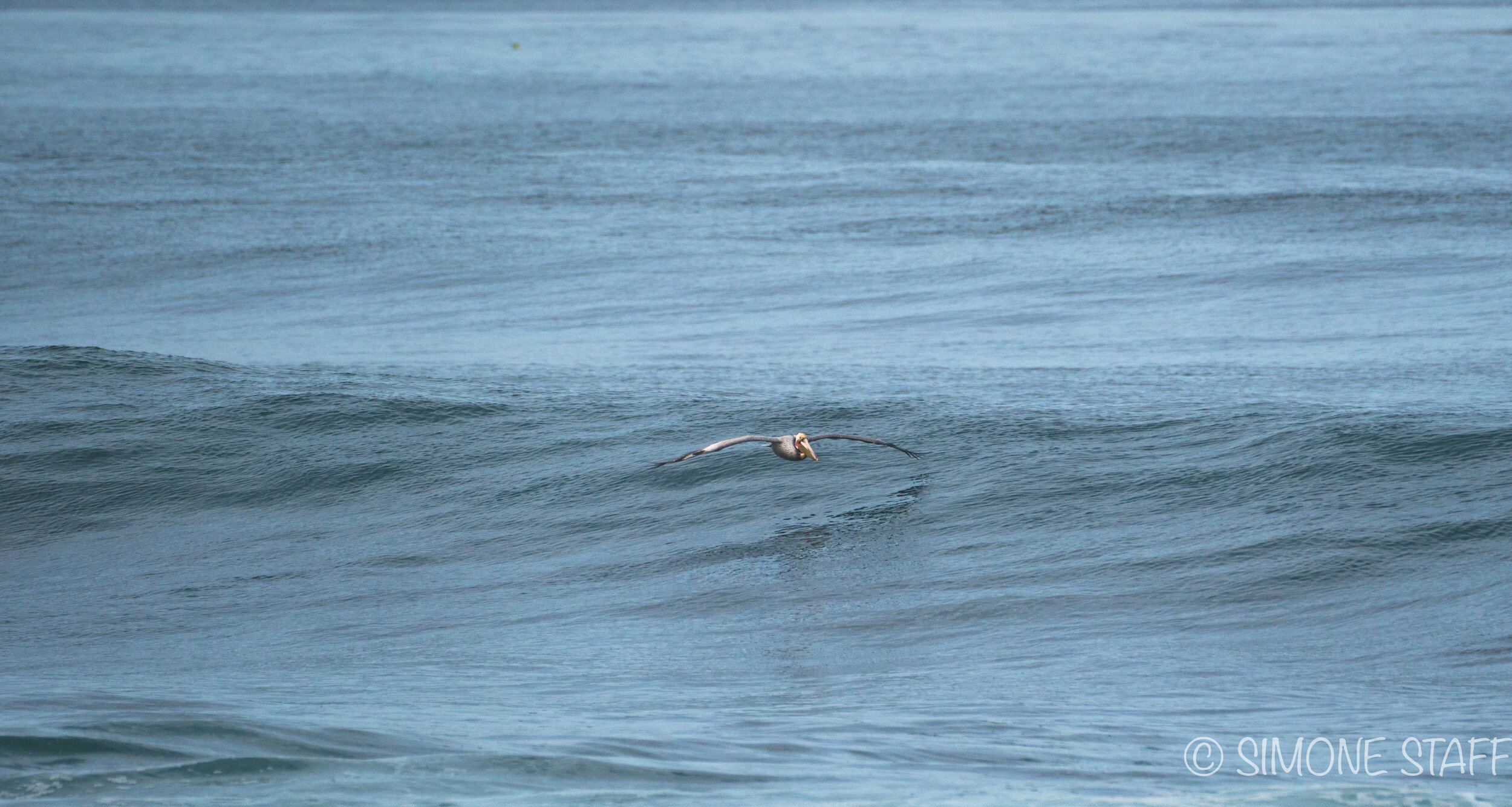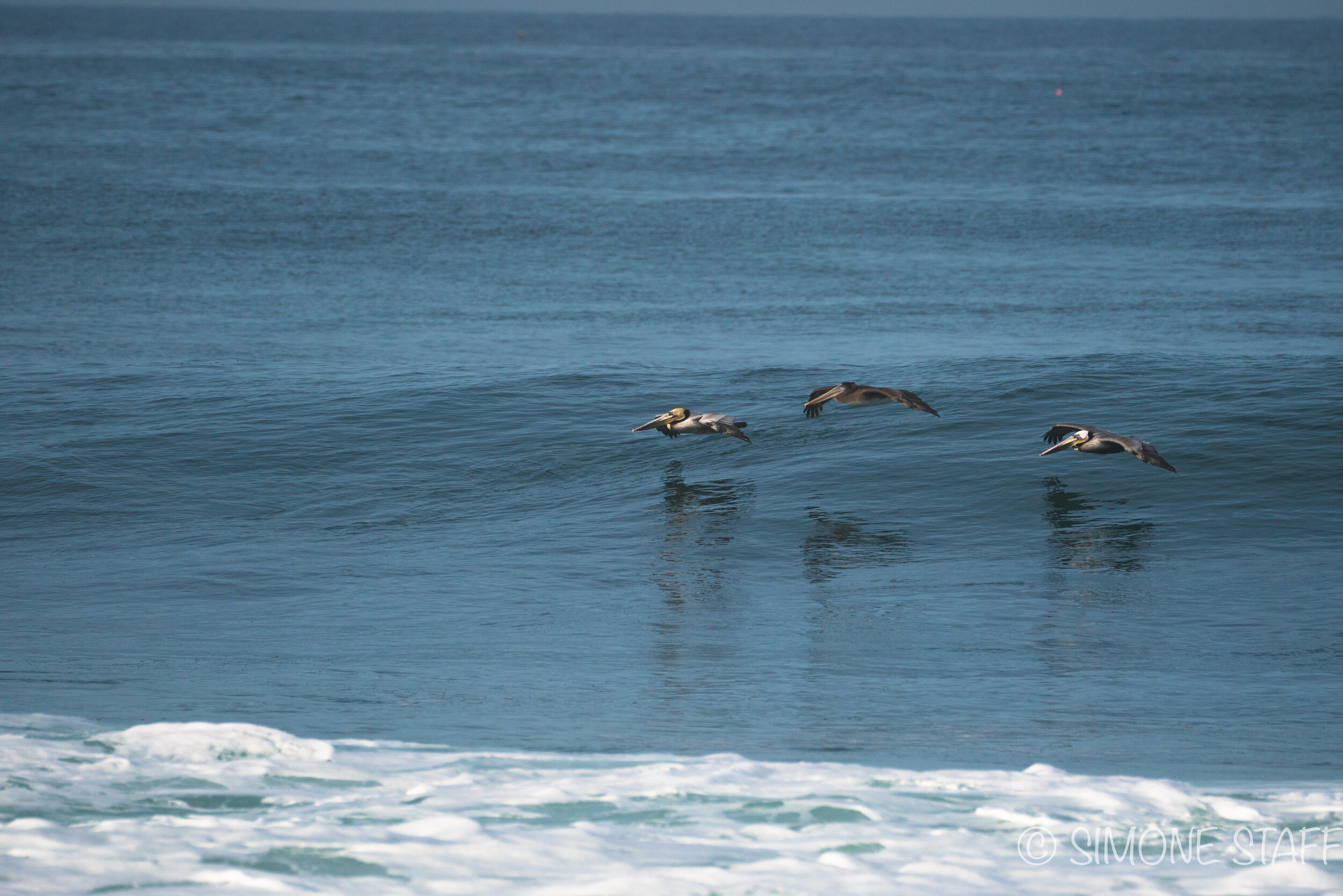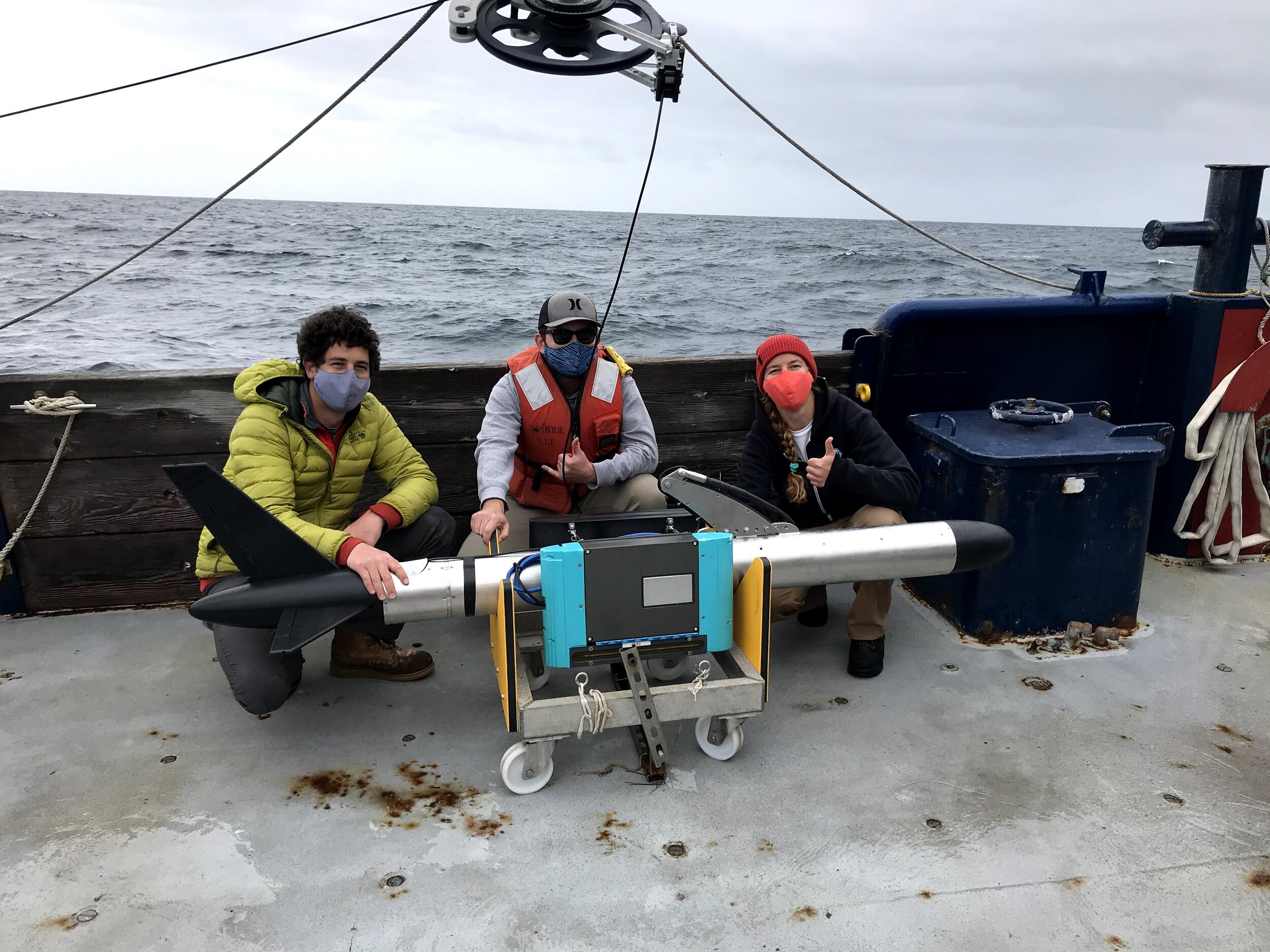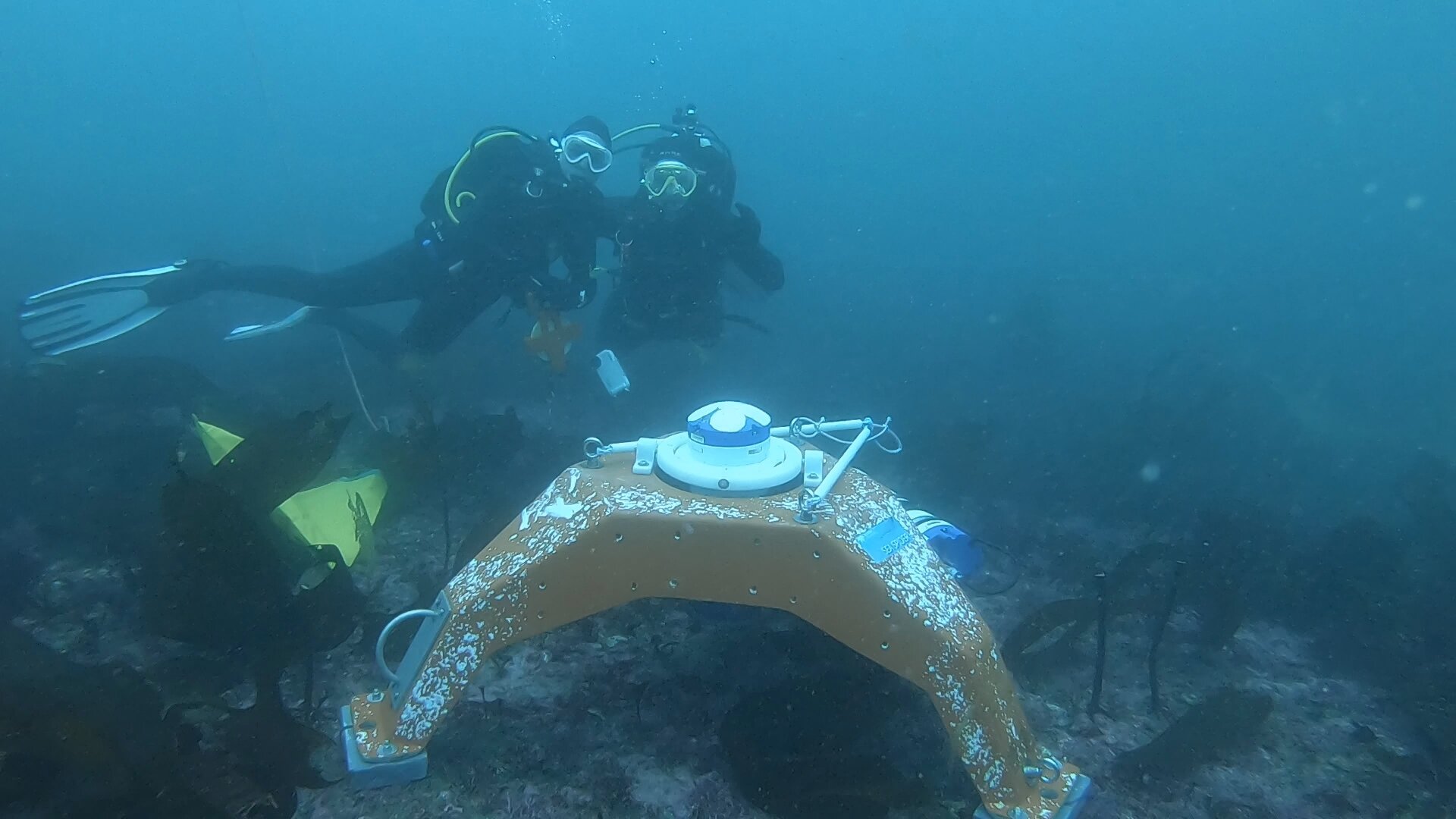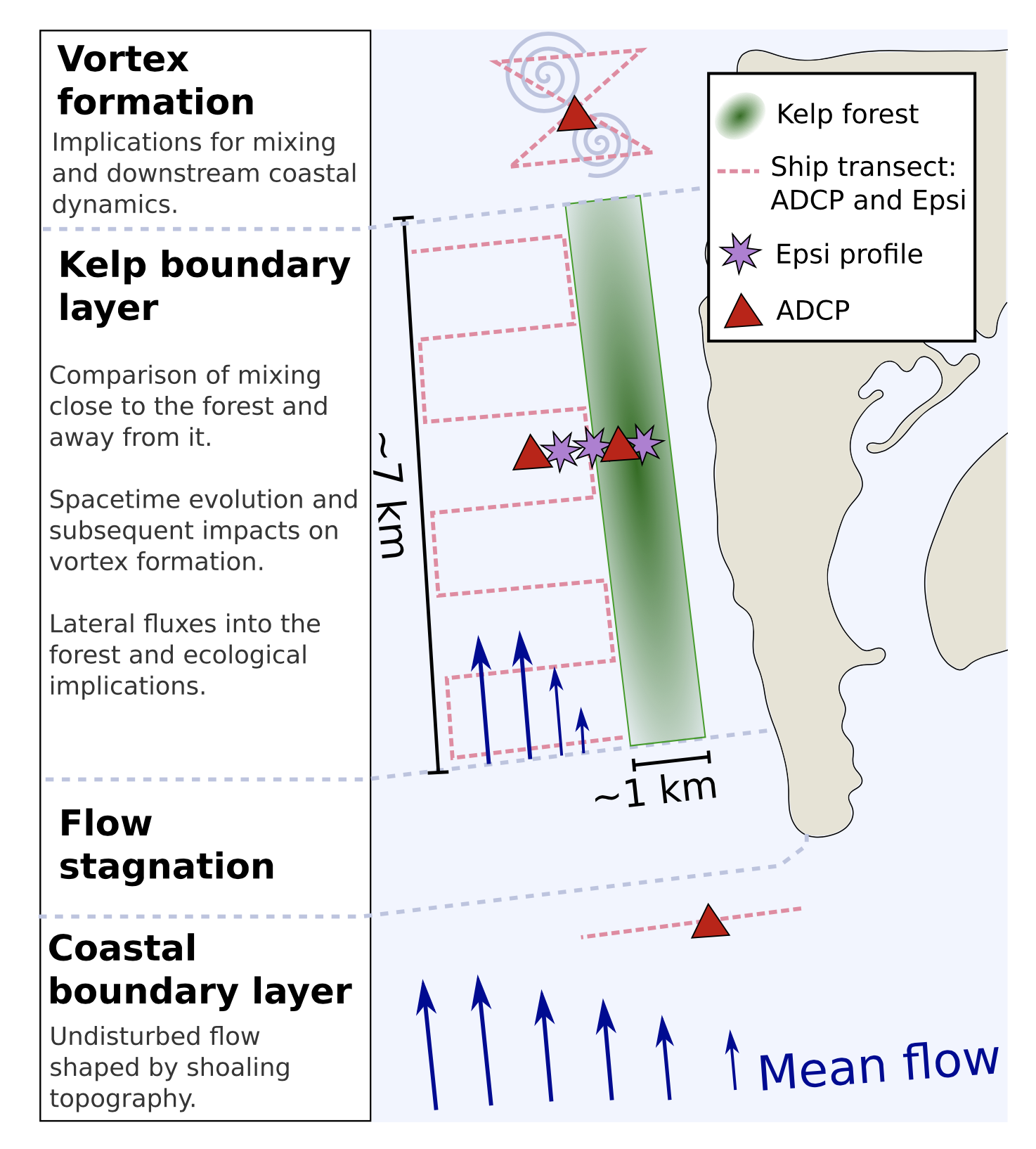Ahoy from the North Atlantic!
The NORSE (Northern Ocean Rapid Surface Evolution) pilot cruise team have just set out on a five week journey around the North Sea. We have all sorts of exciting toys with us, from different gliders and floats to a selection of drifters, a bow chain and a few acoustic instruments.
Half of the science party. Left to right: Kerstin Bergentz, Alejandra Sanschez-Rios, Laura Crews, Anna Savage, Allison Ho and Laur Ferris.
The last few days have been spent unpacking and strapping things down, making sure that the R/V Neil Armstrong is ready to tackle whatever conditions the weather gods decide to throw at us, and this morning, with the clouds hanging low (mixed in with some volcanic smoke!) and the ocean being relatively flat, we left Reykjavik and headed down, coming round south of Iceland trying to minimize the risk of having to deal with ice (compared to heading north).
We’ll have about a 3 day transit time to get close to the Lofoten eddy where we’ll start putting instruments in the water. The time until then will be spent setting up and preparing equipment and getting our sea legs on.
The MOD members onboard (Anna, Ale and Kerstin) have high hopes for the bow chain which we’ve spent a good deal of time triple taping about 25 Solo temperature probes and 4 Concerto ctd probes on (yes, that is a loooot of tape…)
We’ll be back with updates on our scientific endeavors and hopefully some fun stories from higher latitudes.
In the meanwhile, here’s the nautical joke of the day:
Q: Why do seagulls fly over the sea?
A: Because if they flew over the bay, they’d be bagels!
Text and photos by Kerstin Bergentz









